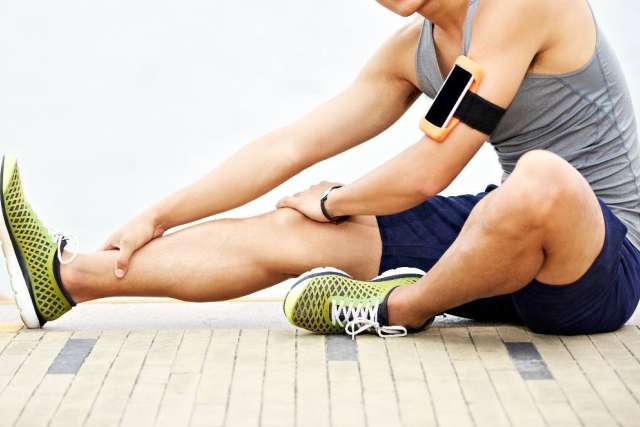Dear Doctors: My husband caught a cold this summer, and he swears the readings from his fitness tracker a few days before warned him that he was about to be sick. Do you think that’s really possible?
Dear Reader: Your husband’s observations about how changes in the data from his fitness tracker preceded the onset of a cold actually dovetail with the findings of a study that were published at the start of the year. And it’s not the first research of its kind to make the connection. With millions of people now using fitness trackers, scientists are diving into the trove of uploaded data to see what the details may be able to reveal about public health.
For anyone unfamiliar with fitness trackers, they’re wearable sensors, much like a wristwatch, that measure a range of activity and health metrics. Depending on the device -- there are dozens of different brands and types -- fitness trackers measure steps taken, total mileage, speed, direction, elevation climbed and duration of activity. On the physiological side of things, they can track heart rate, heart rhythms, skin temperature and minutes of sleep. Some manufacturers even claim that, using motion sensors and algorithms, their models can map how long someone spends in the various stages of sleep. (Full disclosure: Many sleep specialists are skeptical about the accuracy of the sleep-stage results.)

In a recent study, researchers from the Scripps Research Translational Institute analyzed data collected from the fitness trackers of 47,000 adult women and men. Using a minimum of two months’ worth of readings taken over the course of two years, which included activity, heart rate and sleep, the researchers found that their predictions of regional flu outbreaks matched the statistical data collected by the Centers for Disease Control and Prevention during those same time periods. An earlier study, published by researchers at Stanford University in early 2017, had come to similar conclusions. In that study, the scientists collected 250,000 daily readings from just 43 individuals over the course of a year. The participants wore a range of biosensors, which collected information about daily activity, heart rate, oxygen saturation levels, skin temperature and sleep data. They even tracked exposure to radiation, such as the X-rays and gamma rays encountered in air travel.
As with the Scripps study, certain changes to the readings collected by the wearable sensors predicted coming down with a cold or the flu. These changes included persistent increases in resting heart rate, which were coupled with increases to daily sleep. One of the Stanford scientists, who was also a participant in the study, noticed he had an increased heart rate and a decrease in blood oxygen saturation. It turned out that he didn’t have a cold; instead, the data from the eight different biosensors he was wearing for the study led to an early diagnosis of Lyme disease, before any other symptoms of the condition had appeared.
It’s a fascinating line of inquiry that, no surprise, is getting additional study. In the meantime, listen to your body, stay home if you think you’re getting sick and, please, get your flu shot.
(Send your questions to [email protected]. Owing to the volume of mail, personal replies cannot be provided.)





